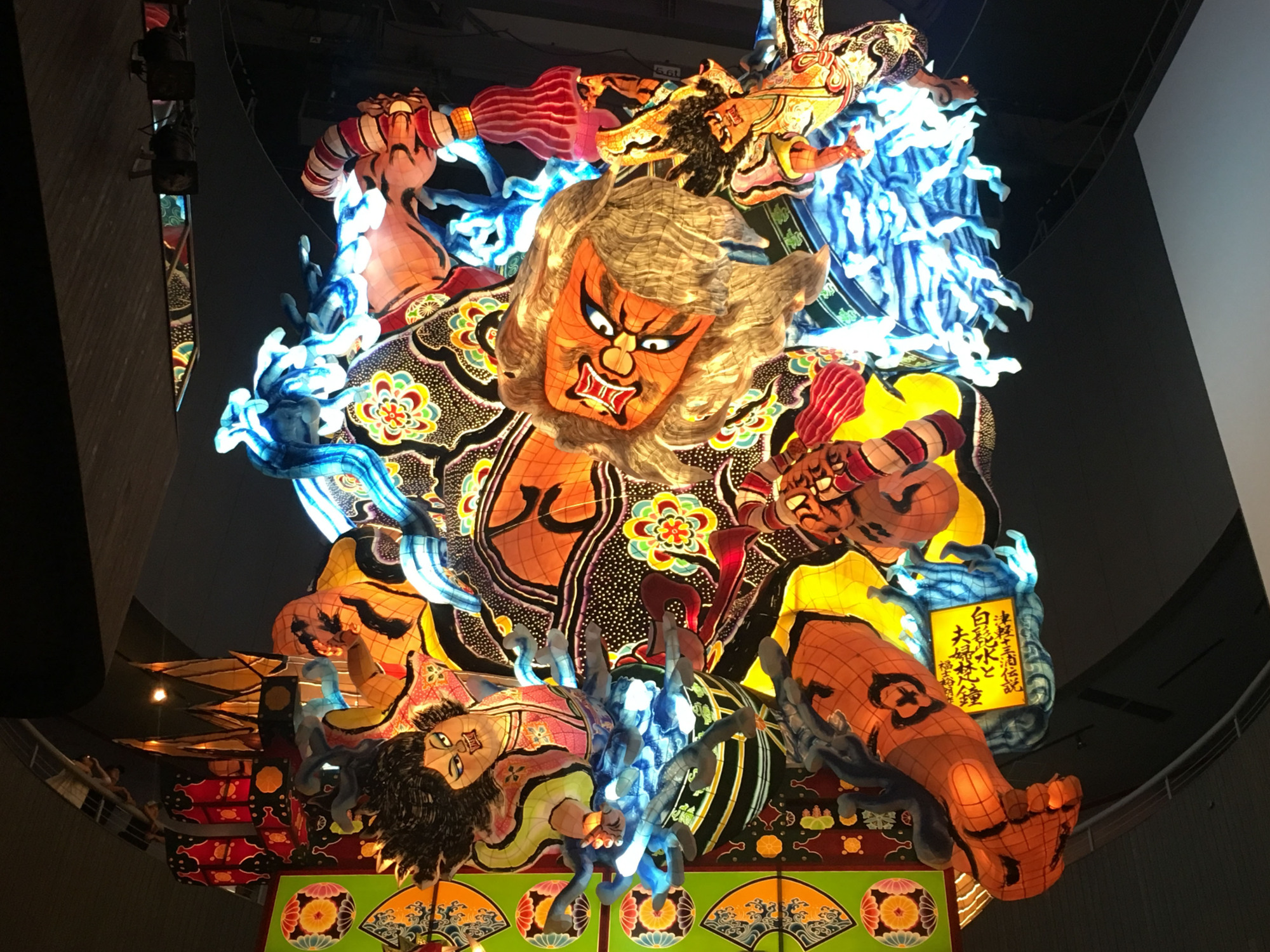Cut off by the Ou Mountains to the south and far removed from any center of power, Aomori Prefecture's remote Tsugaru Peninsula was largely left to its own devices until the Azuchi-Momoyama Period (1573-1603).
In the Battle of Sekigahara (1600), different factions of the Tsugaru clan swore allegiance to either side to ensure the clan's survival. Clan-head Tsugaru Nobuhira, who sided with Tokugawa Ieyasu, went on to marry Ieyasu's niece Mate-hime. Centuries later, the Tsugaru clan backed the imperial government in the Boshin War, securing its peerage in the ensuing Meiji Era (1868-1912). This blend of geographic destiny and opportunistic leadership has allowed Tsugaru to develop distinctive folk arts, customs and characteristics through the centuries. To this day, the Tsugaru dialect has a reputation for being impenetrable even to people from other parts of Aomori.
During World War II, throughout which Tsugaru enjoyed relative peace and quiet, Oyama Publishing Company commissioned a special volume in its New Fudoki travel series on the region, and hired native son Osamu Dazai to deliver it. Best known in the West for his later novels, "The Setting Sun" (1947) and "No Longer Human" (1948), Dazai based his travelogue on just over three weeks in the area in 1944, and includes a visit to his hometown of Kanagi on the dinky Tsugaru Railway Line. Translated by James Westerhoven and released in English as "Return to Tsugaru: Travels of a Purple Tramp" in 1985, the book portrays Tsugaru in a frank way, meditates upon its history, and swells with a fondness for its people.

















With your current subscription plan you can comment on stories. However, before writing your first comment, please create a display name in the Profile section of your subscriber account page.